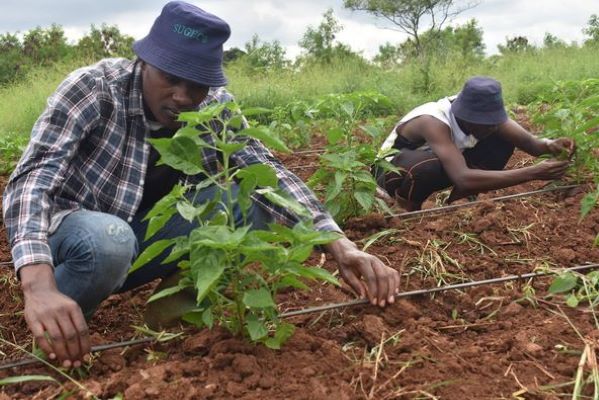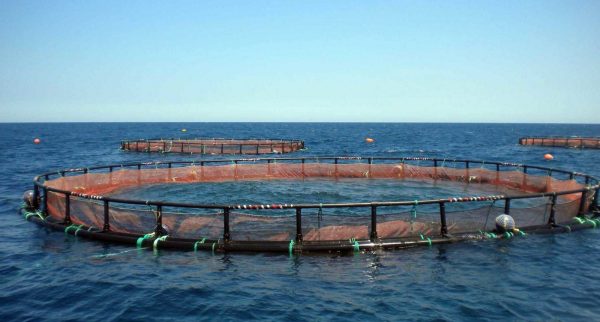
A new flagship report by the Food and Agriculture Organization of the United Nations (FAO) is calling for urgent and targeted reforms to empower young people working in agrifood systems across low-income countries.
Titled The Status of Youth in Agrifood Systems, the report highlights both the critical role youth already play in the global food economy and the barriers holding them back from achieving their full potential.
According to FAO, 85% of youth in lower-income countries—defined as those aged 15 to 24—are engaged in some part of the agrifood system. These systems encompass all stages from production to processing, distribution, retail, and beyond. Despite employing over a billion people globally, agrifood systems still fail to offer most youth stable or rewarding livelihoods, especially in rural areas.
In regions such as Sub-Saharan Africa, where nearly 60% of the population is under 25, youth unemployment remains a serious concern. The report cites 2019 census data from Kenya, where almost 39% of people aged 18 to 34 were unemployed. Regionally, youth unemployment is estimated at 30.6% in North Africa and 12.9% across Sub-Saharan Africa. With roughly eight million young Africans entering the labor market each year, the need for inclusive and youth-responsive agrifood policies has never been more urgent.
Farming Still Matters—but the Sector Is Changing
Contrary to widespread beliefs about rural flight, farming remains the main source of employment for young people in several African countries studied by FAO, including Nigeria, Tanzania, and Rwanda. However, a shift is underway: off-farm roles—such as food processing, logistics, and retail—are growing faster than traditional agricultural jobs. These emerging sectors offer fresh pathways for young people, especially as global demand rises for processed and value-added food products.
To seize this opportunity, youth must be equipped with the right tools, skills, and support systems. Yet many remain locked out by systemic challenges.
Barriers Blocking Youth Participation
The report outlines several obstacles that keep youth—particularly rural youth and young women—on the margins of agrifood systems:
- Limited access to land and finance: Young people often lack the collateral needed for loans or land tenure, with credit systems favoring older, established household members.
- Inadequate education and training: Most rural youth are described as “low-skilled and low-educated,” making it difficult to move into higher-value segments of the food system.
- Capacity gaps in policy and systems: Many countries lack personnel trained in integrated agrifood system approaches.
- Gender disparities: Young women face added difficulties in accessing land, finance, training, and leadership roles.
These challenges not only limit individual potential but also weaken national development and food security efforts.
FAO’s Five-Point Action Plan
To unlock the potential of youth in agrifood systems, FAO is urging governments, partners, and development agencies to act decisively. The report proposes five priority interventions:
- Expand vocational and experiential training: Combine skills development with mentorship and entrepreneurship through programs like Junior Farmer Field and Life Schools (JFFLS).
- Improve access to land and financing: Allocate underutilized land to youth and develop youth-friendly financial instruments.
- Strengthen agrifood capacity: Increase investment in extension services and training for professionals in the sector.
- Address gender inequalities: Design policies and programs that are gender-responsive and inclusive.
- Align with global development goals: Link youth strategies to broader frameworks such as the UN Decade of Family Farming (2019–2028).
Why the Time to Act Is Now
With rural populations in Sub-Saharan Africa expected to rise by over 50% by 2050, the urgency of the situation is clear. FAO emphasizes that no country has industrialized without first transforming its agricultural base. Investing in youth within agrifood systems is not just an economic imperative—it is vital for peace, climate resilience, and long-term sustainability.
Proven Solutions, Ready to Scale
Successful models already exist. For example, FAO’s JFFLS program in Tanzania and Malawi has had a ripple effect, with each trained youth mentoring around 20 peers. Other promising approaches include agroecological techniques, such as zaï water harvesting in West Africa, which combine sustainability with job creation.
However, the report cautions that scaling these successes will require integrated, cross-sector strategies that connect agrifood development with education, digital infrastructure, and rural services.
A Rare and Transformative Opportunity
FAO’s The Status of Youth in Agrifood Systems serves as both a wake-up call and a roadmap. It argues that the international community must act now to turn today’s youth bulge into a development dividend. With focused investment in skills, equity, and innovation, agrifood systems can become engines of inclusive growth and sustainability.
In FAO’s words, this is a “once in a lifetime” opportunity to transform food systems by empowering the very people who will lead them into the future.







